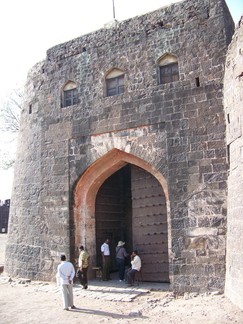 =0=
=0=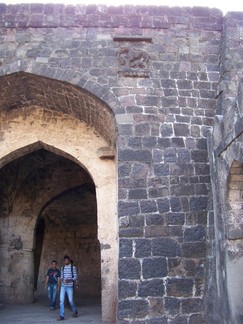 =0=
=0=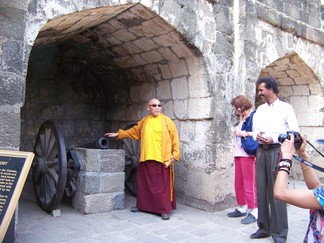 =0=
=0=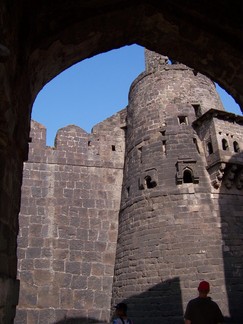 =0=
=0=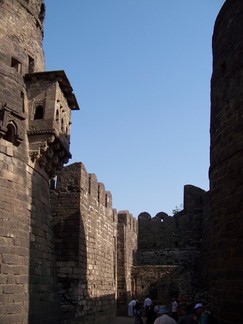 =0=
=0=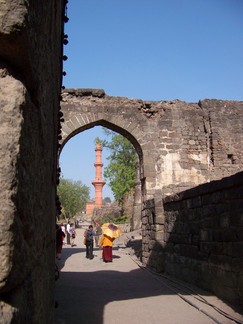 =0=
=0=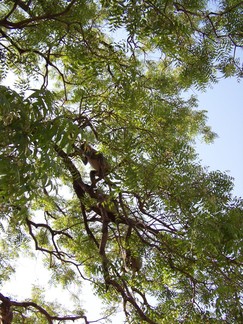 =0=
=0=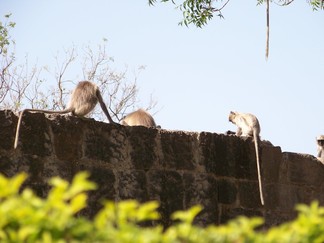 =0=
=0=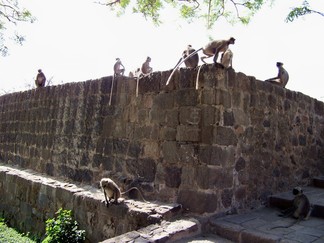 =0=
=0=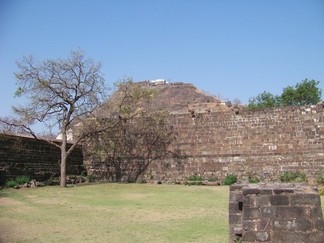 =0=
=0=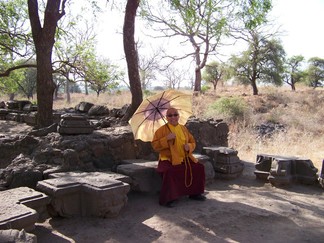 =0=
=0=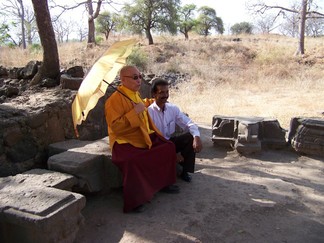 =0=
=0=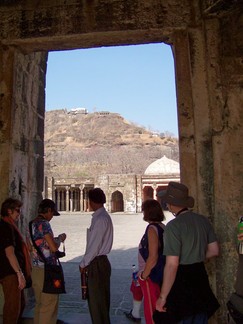 =0=
=0=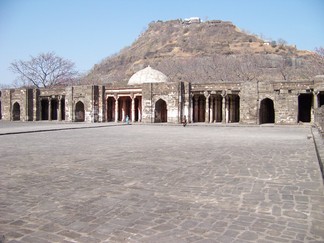 =0=
=0=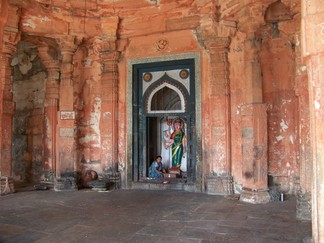 =0=
=0= =0=
=0= |
 =0=
=0= |
| The fort had seven gates like the one shown above and an enemy would need to go through each of them, one after the other. Further access to these gates were always via turns and bends because a common strategy to breach a gate was to get an elephant a little druck and then have the elephant charge the gate. That of course was not good for the elephant as you can see from the spikes in the gate. Also above is a carving of one of the Moslem rulers showing a lion eating an elephant and crushing two others, symbolizing his victory of three Hindo kingdoms. Here is Lamala, Gabrielle, and Ayaz, our guide, examining a smaller cannon displayed in one of the storage areas (for gunpowder and such). |  =0=
=0= |
 =0=
=0= |
 =0=
=0= |
 =0=
=0= |
 =0=
=0= |
| While this fort was often captured, it was never conquered. Invading armies found it cheaper to buy off the commander and the garrison rather than actually runing the guantlet of defenses. Above you can see a minaret which was added when a Hindu temple was converted to a Mosque by one of the capturing Moslem rulers. There was also a family of monkees living in the fort. Below you can see the final defenses of the fort which is the embattlements on the top of the hill. What you mostly see from here is a summer palace added pretty recently. |  =0=
=0= |
 =0=
=0= |
 =0=
=0= |
 =0=
=0= |
 =0=
=0= |
| Above are pictures of Lamala and Ayaz resting as the area enclosed by the walls of the fort is quite large. Here is the entrance to the Mosque mentioned previously. It was originally a Hindu temple, but the dome and arches were added when it was converted to being a Mosque. It has been converted back a Hindu shrine. |  =0=
=0= |
 =0=
=0= |
 =0=
=0= |
This page was last updated on March 28, 2012.